With a weeklong ski mountaineering course on glaciers of the remote Canadian Rockies ahead of me, I was anxious. What if I was the slowest hiker, the weakest skier? By the time I met the eight other students at the heli-staging area north of Golden, B.C., however, I was more than ready to get into the mountains and leave that anxiety behind.
I first skied at Icefall Lodge, which sits on a tenure of 50,000 acres in the Canadian Rockies, in February and was captivated by the terrain. After an unforgettable week, I decided to return for the mountaineering course to improve my route-planning skills, learn crevasse rescue techniques and ski some of the area’s bigger lines.
The annual Spring Mountaineering Course is taught at Icefall Lodge by owner Larry Dolecki, a certified IFMGA mountain guide of more than 20 years who built his ski touring lodge near the western border of Banff National Park in 2005. “This should be a great week in the mountains, filled with lots of learning and great lines,” Dolecki wrote in the course intro packet. It certainly was.
After skiing one of our bigger objectives, a 1,000-meter descent of a deeply crevassed glacier, one of the other students shook his head. “This course has redefined what I thought was even possible to ski,” he said. Looking back up at our line, I had to agree.
The course emphasized having students plan and lead as much as possible, the goal being to get us comfortable making decisions. Dolecki struck a perfect balance between teaching, skiing and teaching while skiing, and we skied eight peaks in seven days. But more than that, we learned to read the terrain, to work together on decision making and to pull our partners out of crevasses. Here are 12 things I learned.
-
Eat Bacon and Eggs for Après
-
Explore Above and Below the Glacier
-
Use Technology During Whiteouts
-
Practice Crevasse Rescue in Real Crevasses
-
Skin by Moonlight
-
Watch Out for Death Cookies
-
Distances Can Be Deceiving
-
Get a High-Clearance Truck
-
Practice Your Knots (And Your German)
-
Start Early
-
Send Guinea Pigs First
-
Sharpen Your Ice Screws




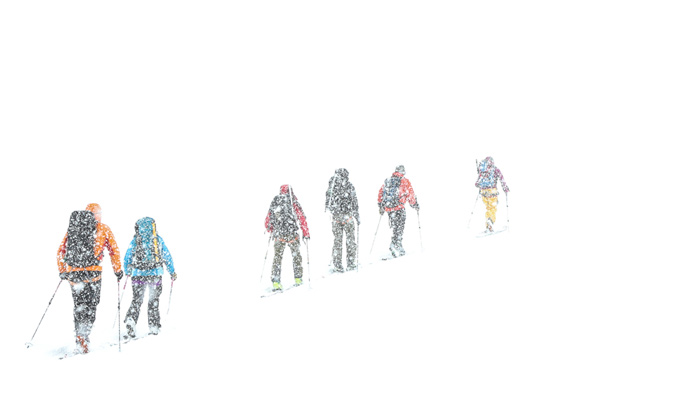


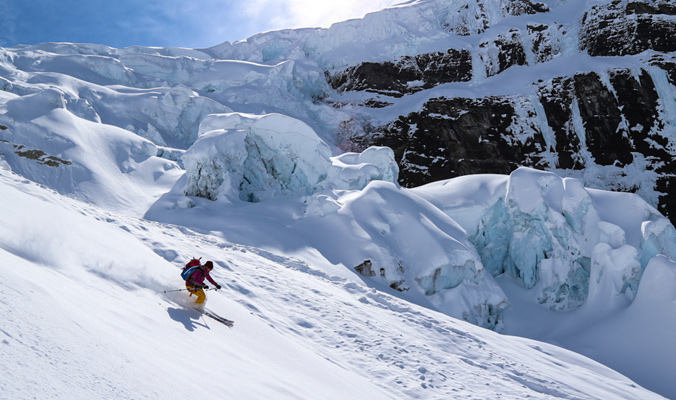

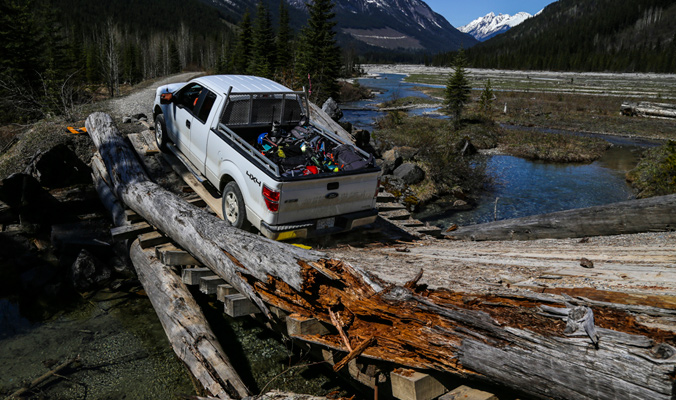
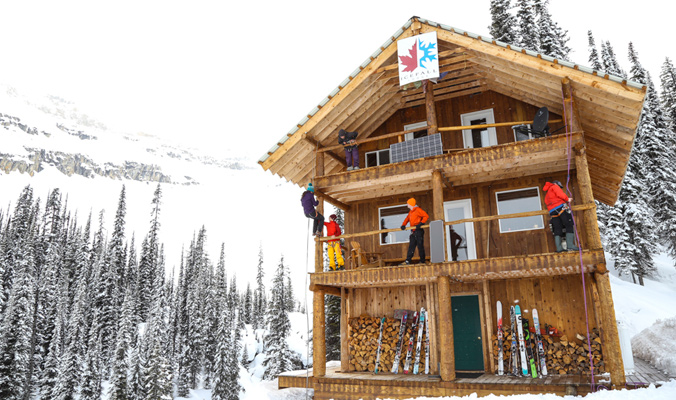
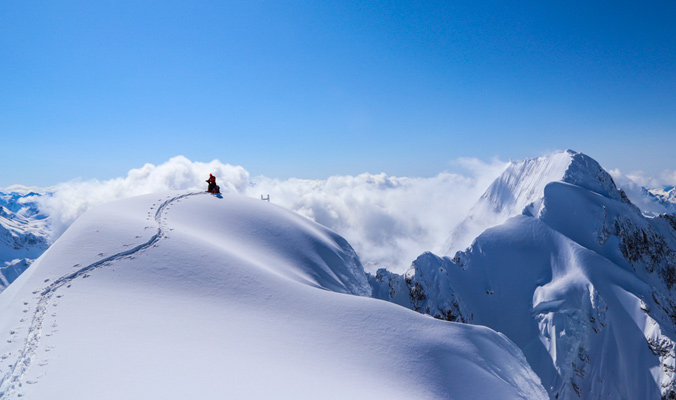

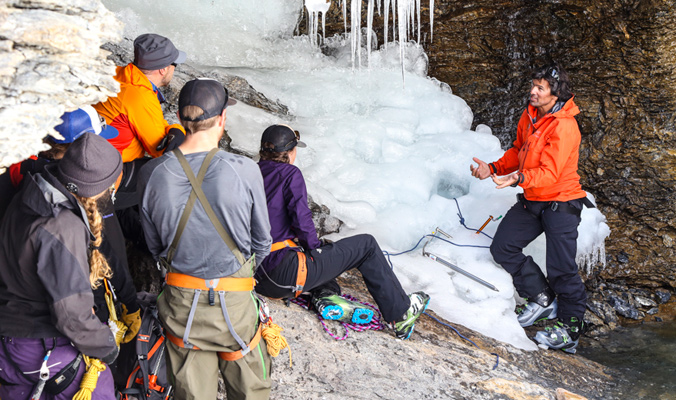








Thanks Mary for the humorous write up…!
LOVE IT! Great article Mary! Awesome photos, looks like the first SD card didn’t made it :-/ Let me know if you coming back around to ski! F